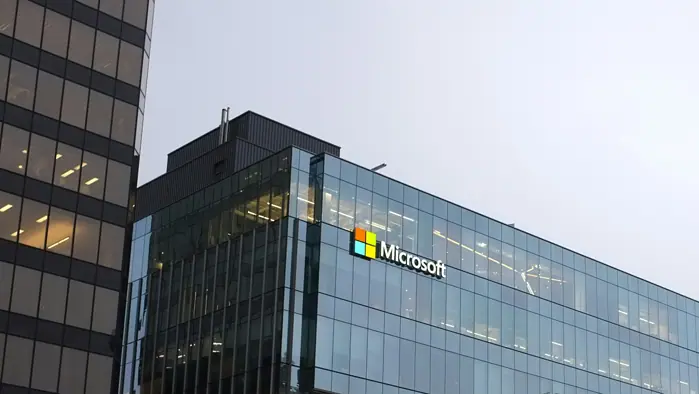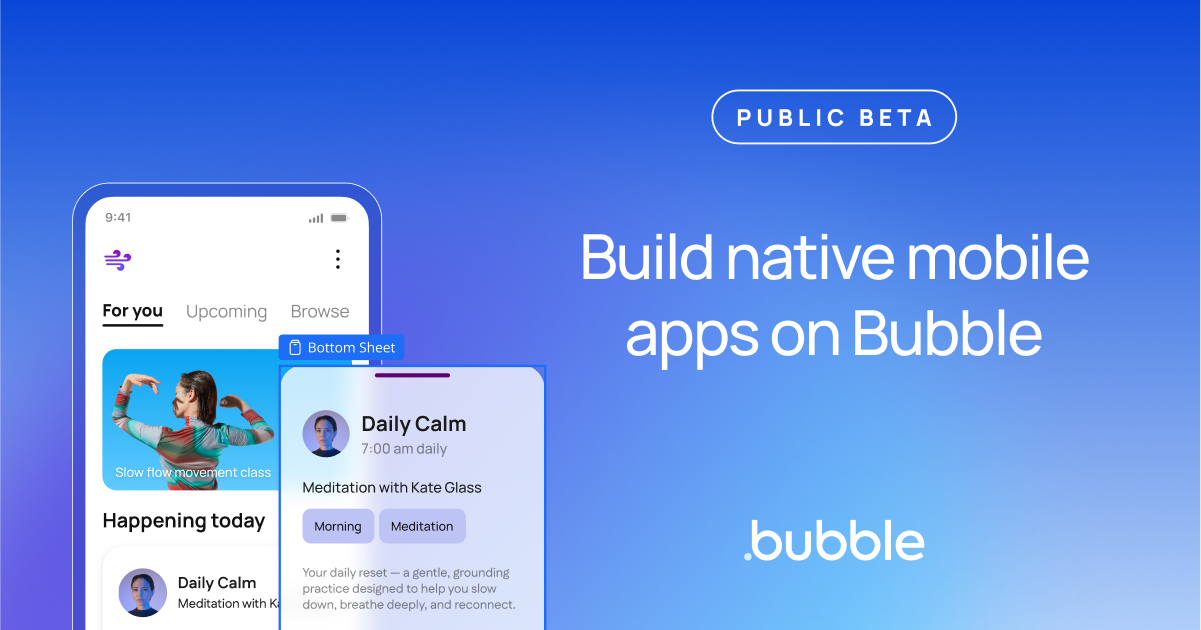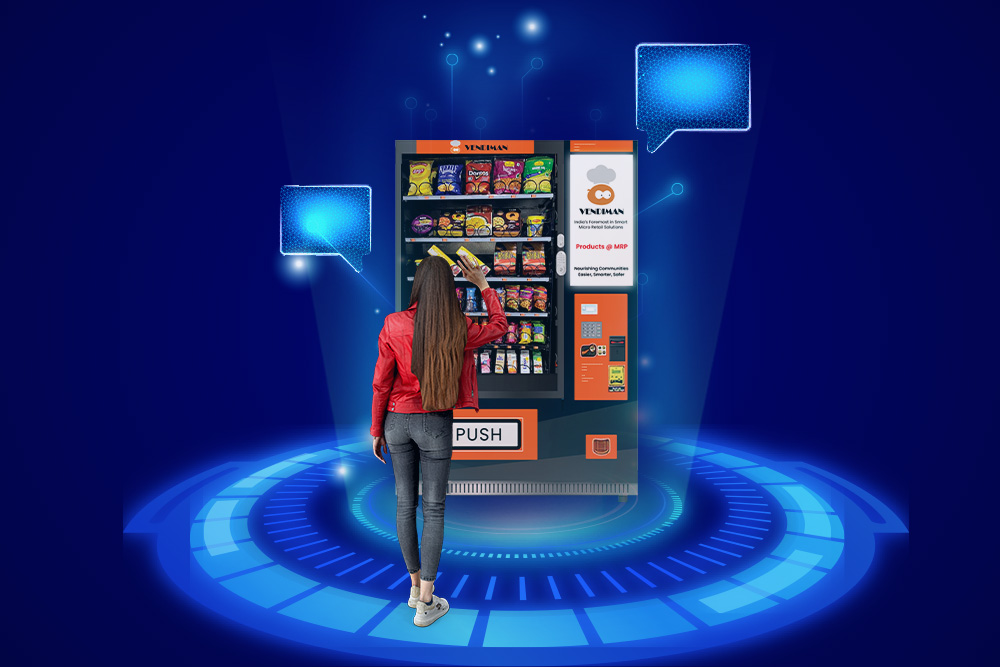Microsoft & OpenAI combat election deepfakes, spending nearly $2 million for countermeasures
The world is moving fast, way too fast with AI
2 min. read
Published on
Read our disclosure page to find out how can you help MSPoweruser sustain the editorial team Read more
Key notes
- Microsoft and OpenAI launch $2 million fund to combat election deepfakes.
- Fund supports NGOs promoting AI education and combatting deceptive AI content.
- Partners work on training, campaigns, and frameworks for responsible AI.

As 2 billion people worldwide are having presidential elections in their respective countries this year, Microsoft and OpenAI said that they’re launching a $2 million fund to combat election deepfakes.
In Tuesday’s announcement, the Redmond tech giant the $2 million fund is a part of what it called a “Societal Resilience Fund” to promote AI education among voters worldwide. The fund will then support non-governmental organizations that focus on technology education and how to combat the use of deceptive AI content.
“The launch of the Societal Resilience Fund is just one step that represents Microsoft and OpenAI’s commitment to address the challenges and needs in the AI literacy and education space,” Microsoft reassures.
Some of the featured partners will also work on training programs, educational campaigns, global training, and frameworks to promote responsible AI development.
One of the partners, the Coalition for Content Provenance and Authenticity (C2PA), will launch an educational campaign to clarify digital disclosure methods and best practices, explaining the content provenance and watermarking of AI-generated content.
The world is moving fast, way too fast with AI. Even OpenAI boss Sam Altman is scared of it. Microsoft, which previously endorsed a bill banning AI in political ads, has launched Content Credentials to watermark AI content digitally. The system was then developed by the C2PA.
“Users can attach Content Credentials to their images or videos to show how, when, and by whom the content was created or edited, including if it was generated by AI. These credentials become part of the content’s history and travel with it, creating a permanent record and context wherever it’s published,” says Microsoft in another blog post, co-authored by VC Brad Smith.








User forum
0 messages